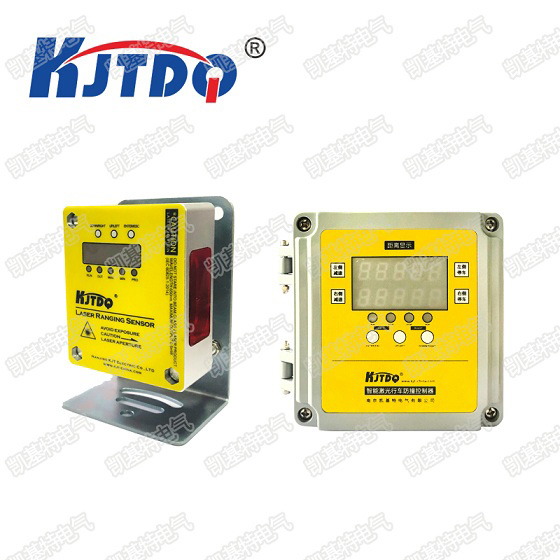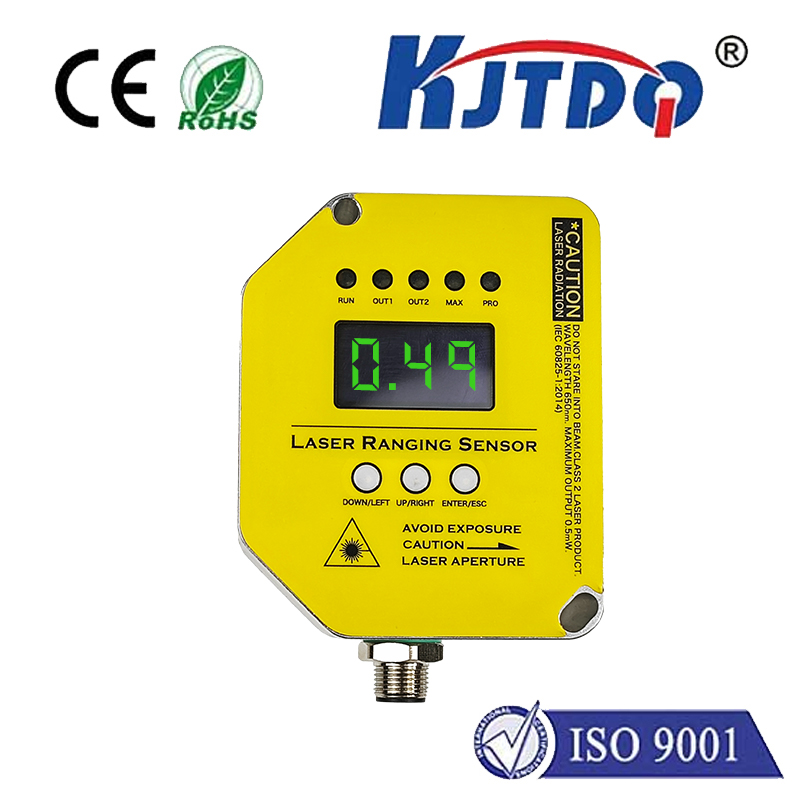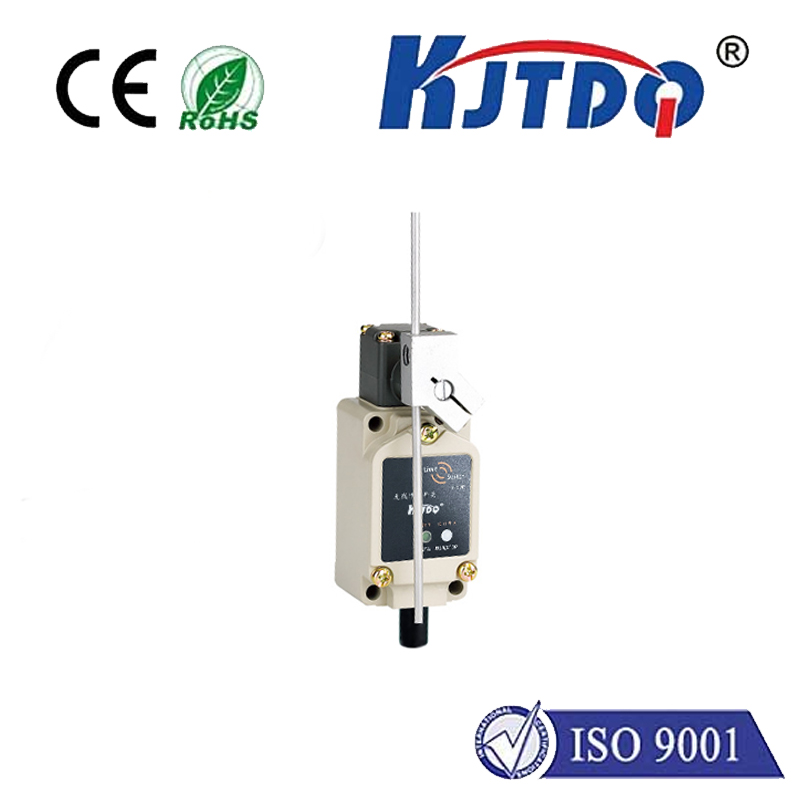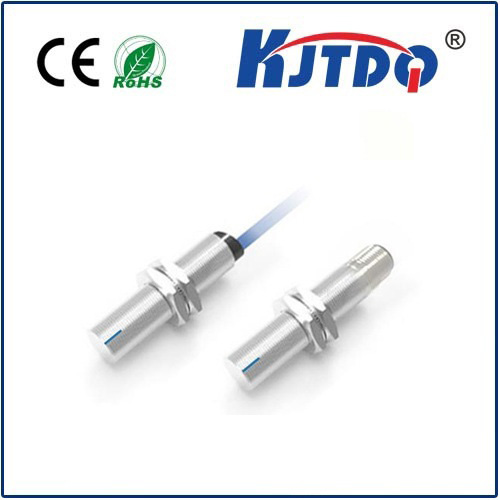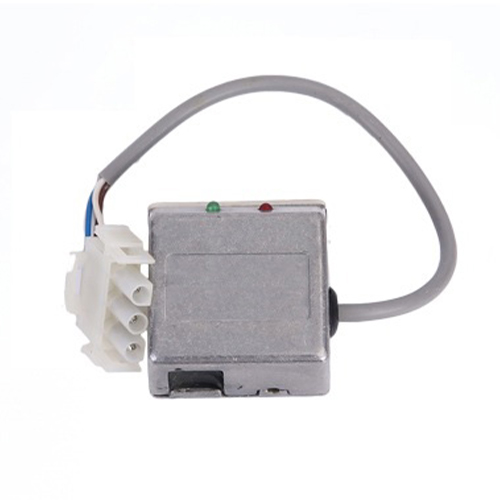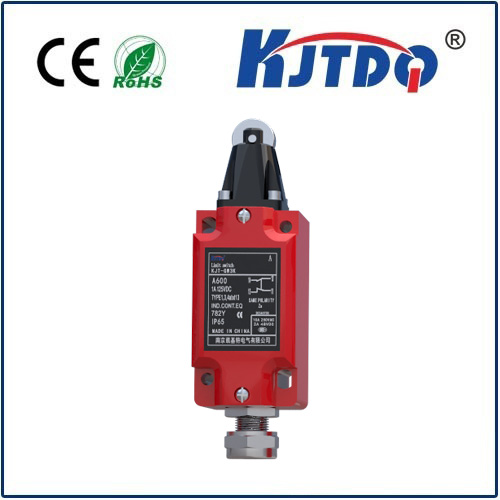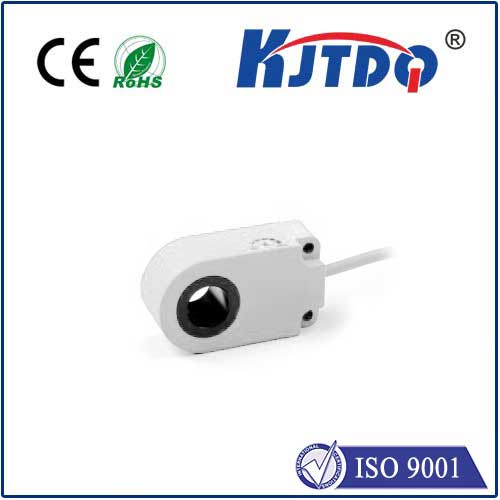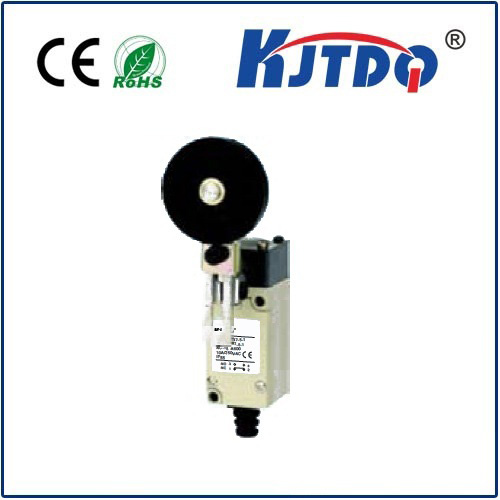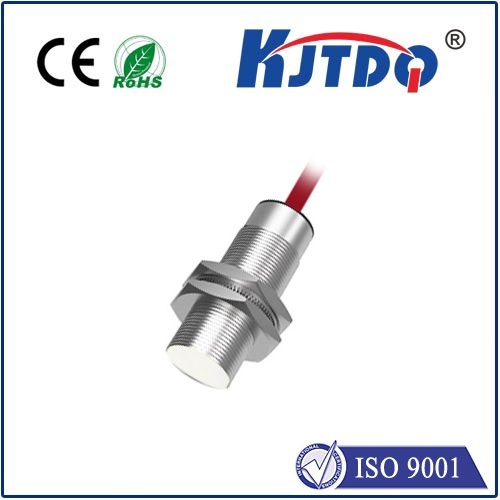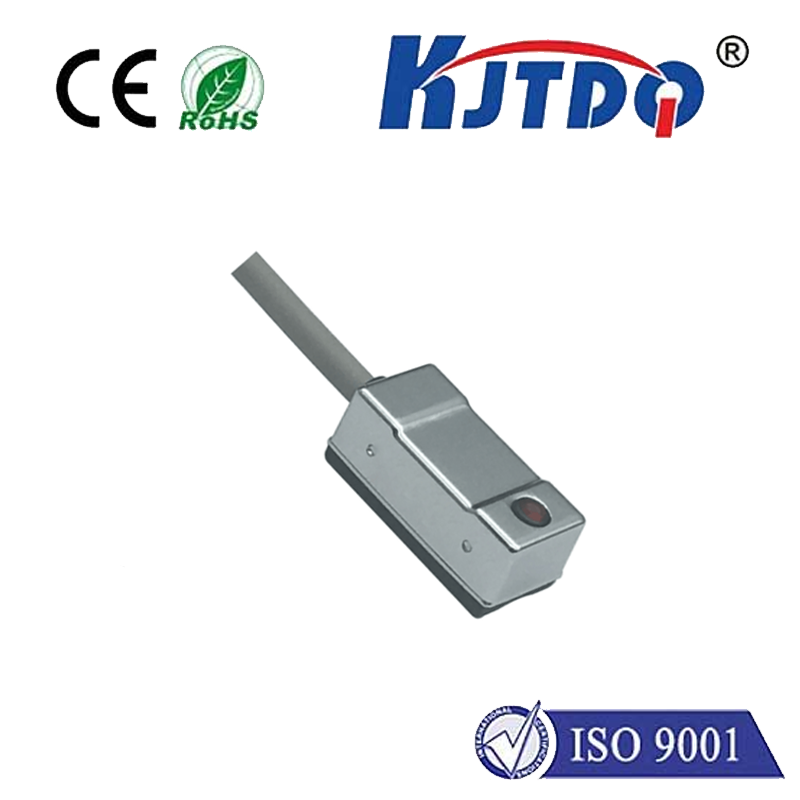Imagine needing to know if a massive ship is securely docked hundreds of meters away, monitoring the precise position of huge construction cranes on a sprawling site, or safeguarding the perimeter of a vast facility against unauthorized intrusion. Traditional proximity sensors, effective at detecting objects just centimeters or a few meters away, fall short. This is where long distance proximity sensors step into the spotlight, becoming the indispensable eyes for applications demanding awareness over significant expanses.
These sophisticated devices are engineered to detect the presence, absence, or distance of objects far beyond the capability of their standard counterparts. They operate non-contact, meaning no physical interaction is required, making them ideal for harsh, dangerous, or inaccessible environments. The core objective? Providing reliable, real-time spatial awareness over distances that could range from several meters to hundreds of meters, depending on the technology employed.
Key Technologies Powering Long-Range Detection
Several distinct sensing principles underpin long-range proximity detection, each with unique strengths and optimal applications:
LiDAR (Light Detection and Ranging): This technology emits rapid, pulsed laser beams and precisely measures the time it takes for the light to reflect off a target and return. This time-of-flight (ToF) measurement allows for incredibly accurate distance calculation. LiDAR sensors excel in environments requiring high-resolution spatial mapping and precision, such as autonomous vehicles navigating complex terrain, surveying large land areas, or monitoring stockpile volumes in mining. Their ability to generate detailed point clouds makes them invaluable for 3D modeling over distance.

Radar (Radio Detection and Ranging): Utilizing radio waves, radar sensors emit microwave or millimeter-wave signals and analyze the reflected echoes. Key advantages include outstanding performance in challenging environmental conditions like fog, rain, dust, snow, and even total darkness. Radar is less affected by visual obscurants than optical systems. This makes millimeter-wave radar particularly suited for traffic monitoring, industrial crane collision avoidance, perimeter security at critical infrastructure sites, and large-scale level monitoring in tanks or silos.
Ultrasonic (Long-Range Variants): While typically associated with shorter ranges, specialized ultrasonic sensors can achieve detection distances of 10 meters or more. They work by emitting high-frequency sound waves and timing the echo’s return. Their main strength lies in robust object detection regardless of surface color or transparency, which can challenge optical sensors. They are cost-effective solutions for tasks like vehicle presence detection at gates, bin/tank level monitoring, and simple collision avoidance on large automated guided vehicles (AGVs) or mobile machinery.
Laser Time-of-Flight (ToF): Similar in principle to LiDAR but often implemented as single-point or shorter-range scanning solutions compared to full LiDAR systems, dedicated laser ToF sensors provide highly accurate distance measurement over tens or hundreds of meters. They are commonly used for positioning, height control, and distance measurement in demanding industrial settings like bulk material handling, port logistics (container positioning), and forestry machinery. Their precision and reliability over long spans are key assets.
Performance Essentials: Range, Accuracy, and Speed
Selecting the right long-distance proximity sensor hinges on understanding critical performance parameters:
Where Distance Makes the Difference: Key Applications
Long distance proximity sensors solve critical challenges across numerous sectors:
Selecting the Optimal Sensor: Beyond Distance
Choosing isn’t just about the longest range specification. It requires a holistic view:
Long distance proximity sensors are fundamentally transforming how we monitor, control, and secure large-scale operations. By providing reliable, non-contact awareness over distances that were previously impractical to cover continuously and accurately, they enhance safety, efficiency, and automation potential across a staggering breadth of industries. As technology evolves, offering greater range, accuracy, and robustness at lower costs, their reach and impact will only continue to expand, enabling smarter systems that operate confidently across vast spaces.
